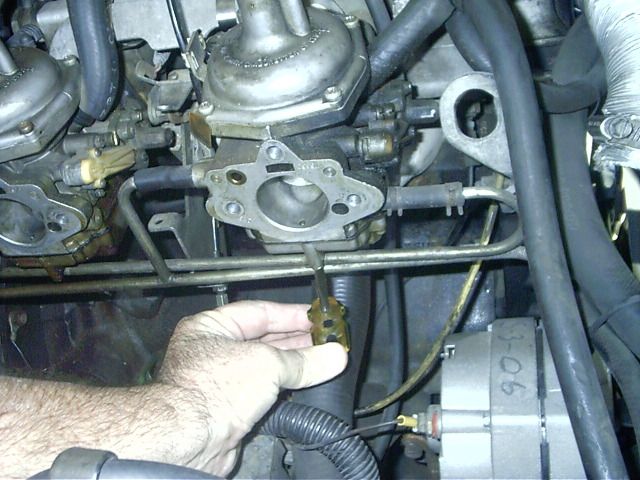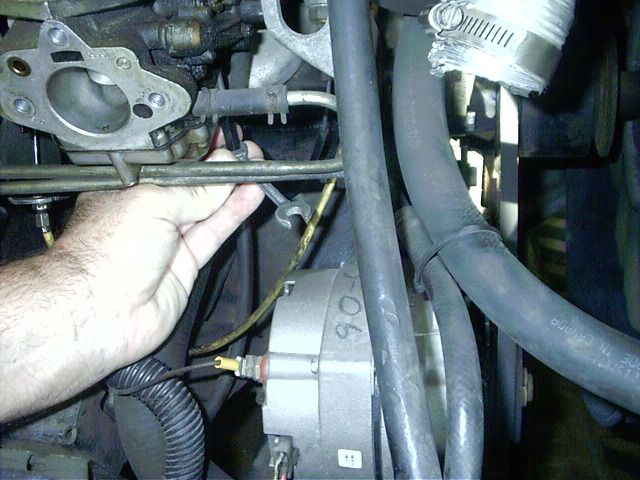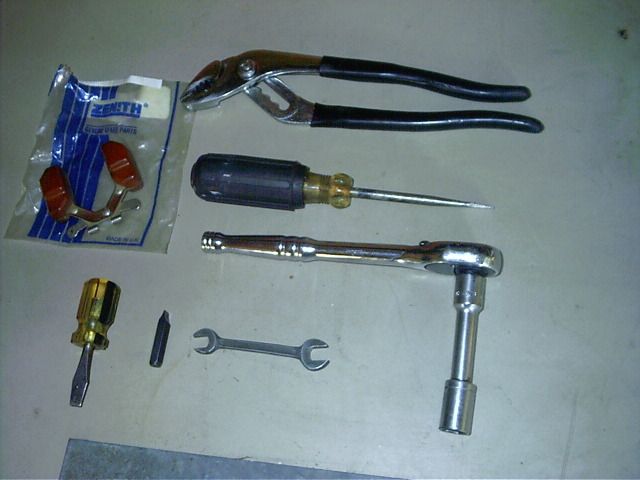Hi Everyone,
Even though it's 30 degrees and windy outdoors, I decided that Thanksgiving Day was a perfect time to remove the Strombergs from my '80 Spider for a rebuild.
I could see the top nuts and studs easily enough, but there's very little room to loosen them without rounding the nut. Worse yet, there appears to be nuts hidden from view behind the carb. With the engine tilted to the left [from the front of the car], they're completely invisible.
I have standard length 1/2 wrenches and set of stubby wrenches, so I was able to loosen the two nuts at the top of the carb-to-base studs, but I cannot see the bottom ones. I can feel one nut on both the left and right sides but neither wrench will actually work to turn the nut; either the angle of the open end is wrong or there's yet another bracket or hose in the way.
The online manual from BL just references "remove the carburetors" and makes mention - but no diagrams - of the nuts. Is there a magic bullet here? How many nuts are there and where are they located? And if you can find them, how do you remove them?
Thanks and Happy Thanksgiving to US members!
Jeff
Jeffrey Aronson
P.O. Box 90
Vinalhaven, ME 04863
USA
'80 TR-7 Spider
'66 Land Rover Series II-A [2]
'66 Corvair Monza
www.landroverwriter.com
www.dirigocorvairs.org




